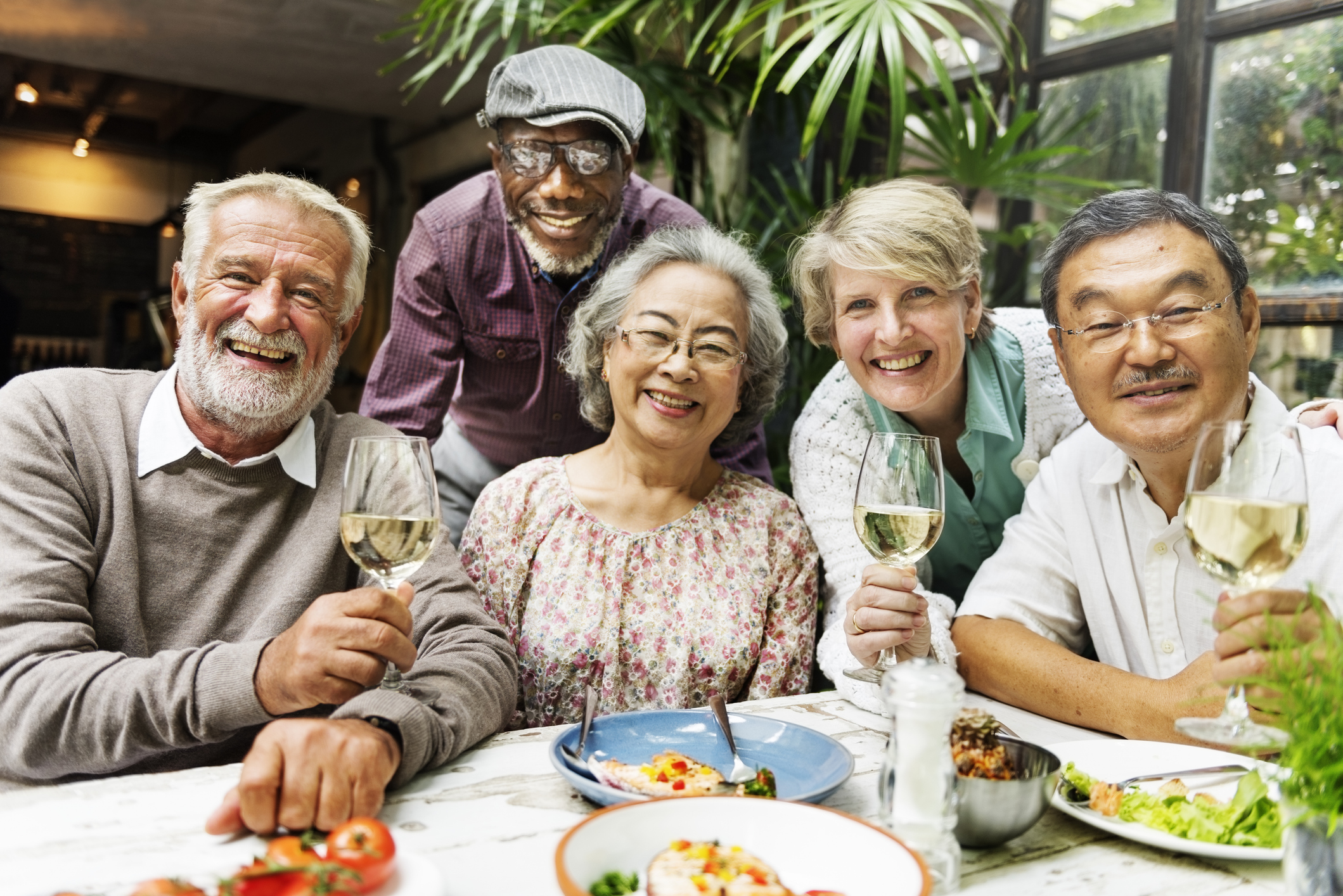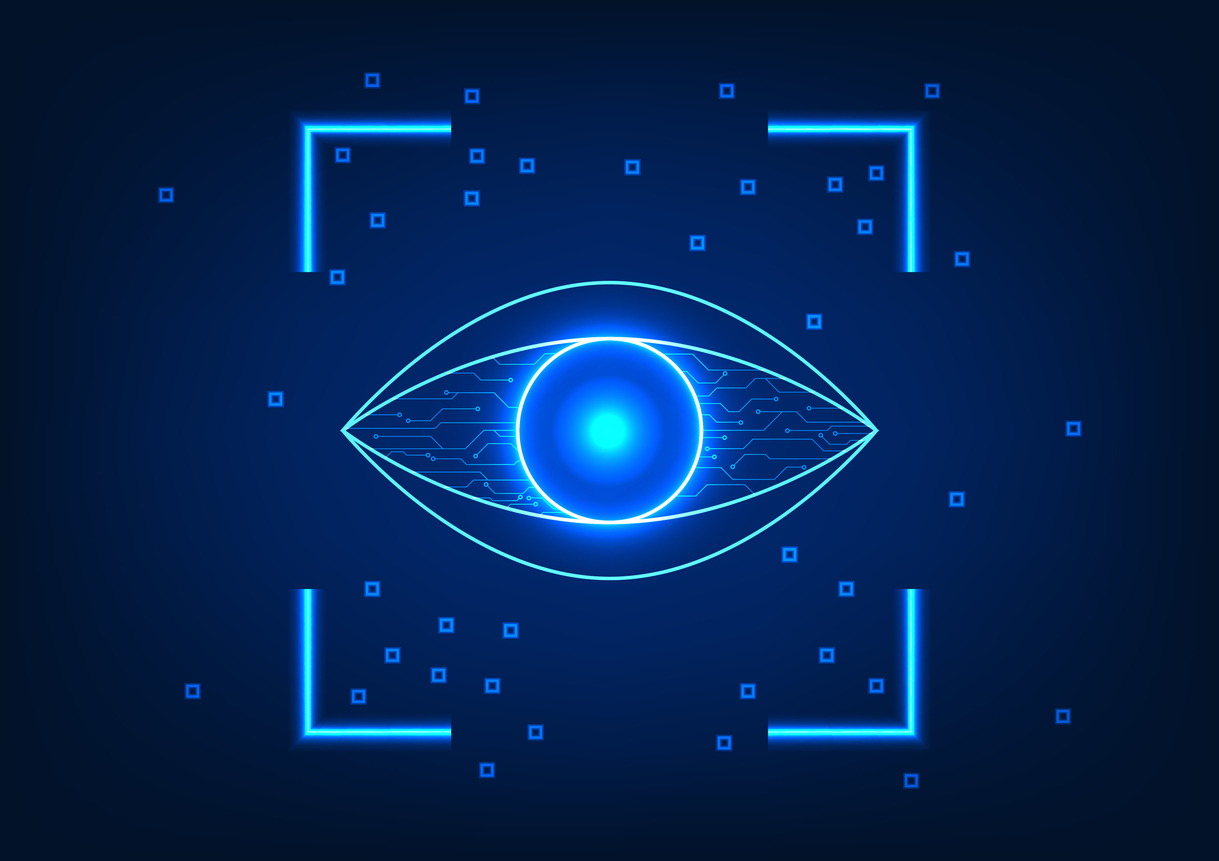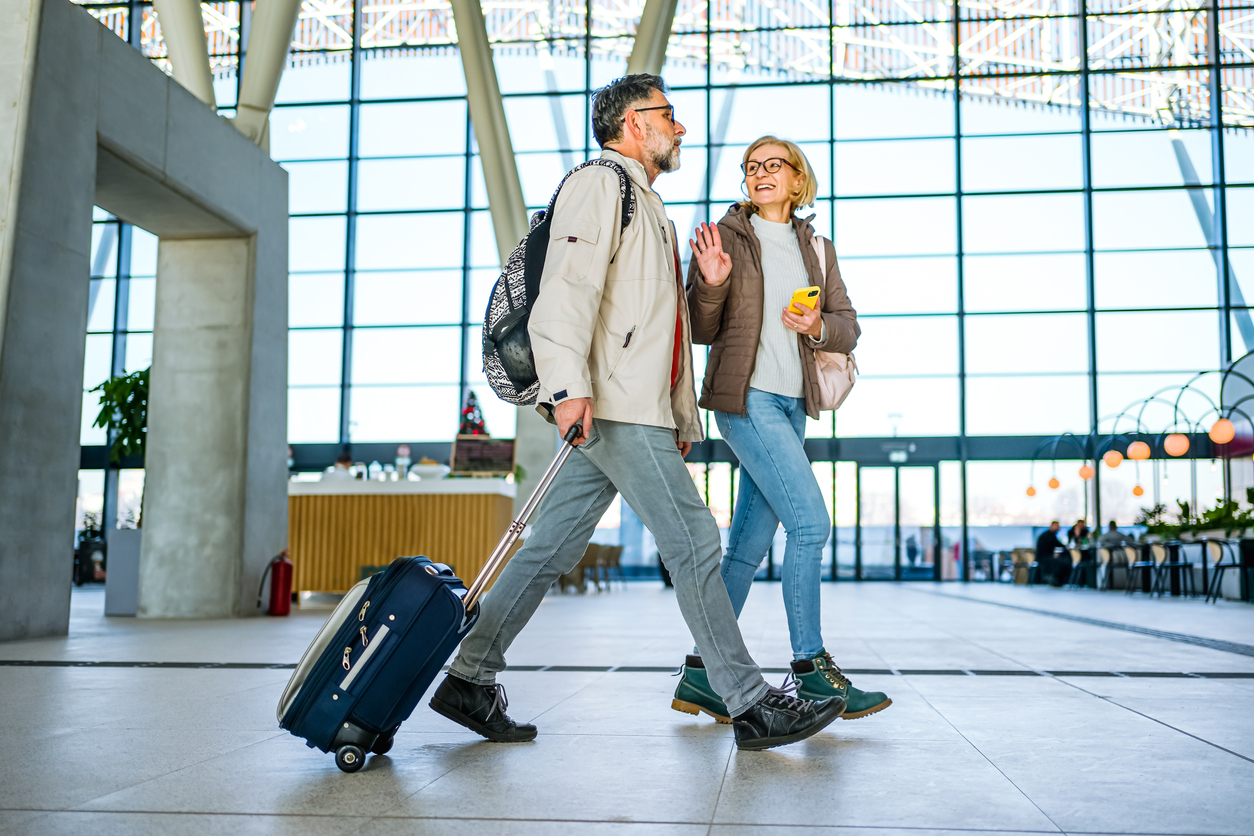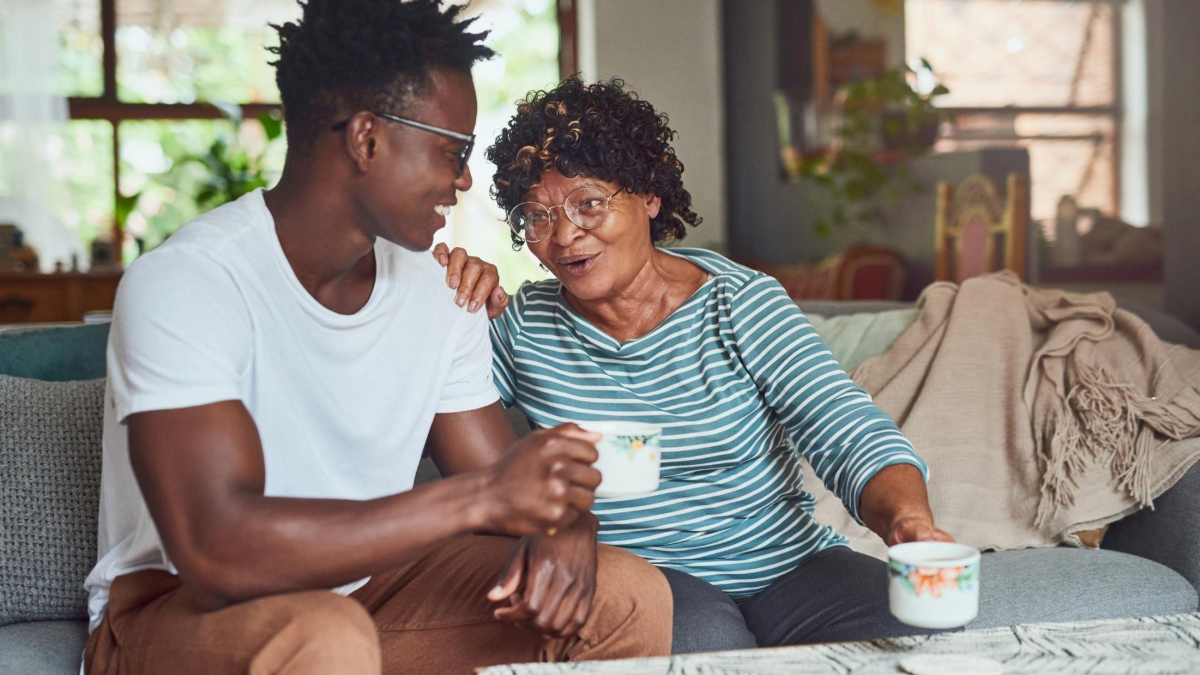
Driving a car is, for some, synonymous with independence and is important to the quality of life, from the time we are teenagers and first given the opportunity to pass the driver’s test through adulthood. However, recent research suggests that people with even mild- to moderate glaucoma have higher rates of errors when driving, which places themselves and others at risk. Learn why glaucoma can impair driving, how to seek help, and options for transportation alternatives.
Glaucoma is an insidious disease in which even patients with very advanced disease may maintain 20/20 central vision. However, peripheral or side vision can be severely impaired. This is of critical importance when considering all of the visual skills needed when driving, particularly when changing lanes or perceiving pedestrians at intersections. Furthermore, the loss of peripheral vision can be very gradual, making it difficult to perceive when one’s side vision is worsening. This is one of the reasons why it has been estimated that 50 percent of people with glaucoma do not know they have it.
Mild Glaucoma Can Impair Driving
In one recent study, a large group of drivers with and without glaucoma was assessed while driving by an accredited professional driving instructor and an occupational therapist. These two experts did not know whether a particular driver had glaucoma or not.
Reviewing the data, researchers found that those drivers with mild-to-moderate glaucoma had worse overall driving performance than drivers without glaucoma. In particular, drivers with glaucoma had difficulties with maintaining lane position and observation, especially at traffic-light controlled or yield intersections. Drivers with glaucoma were also more likely to make critical errors that required the driving instructors to intervene.
Glare, Night Driving, and Low Contrast
People with glaucoma report that they have difficulty with glare, night driving, and low-contrast situations. Cataracts also occur in the same age group as glaucoma, and cataracts can also affect vision in similar ways. If you are beginning to experience these symptoms, it is important to have an eye exam so that certain reversible conditions, such as cataracts, can be addressed. However, even after cataracts have been removed, people with glaucoma may still have the same driving difficulties at night, at dusk, or in bright sunlight.
Seeking Help
It is important to recognize these difficulties and seek help. You could ask a friend or family member to drive with you and assess your driving safety. Certified professionals can also help assess your driving and even provide training to help improve your driving skills. The Association for Driver Rehabilitation Specialists is an organization that promotes driver education and driver training for people with disabilities. Under the “Directory & Services” menu, you can search for providers in your area by entering your location. The AARP also has a driver safety program. The American Automobile Association has an online quiz to assess safe driving.
The quiz is not specific to older adults with vision problems or glaucoma, so some other questions to ask yourself include:
- Do other cars seem to appear out of nowhere?
- Do you have trouble seeing signs in time to respond to them?
- Do other drivers often honk at you?
- Do you feel that other drivers drive too fast?
- Do you like to drive at night?
- Do you have more difficulties parking?
- Do your friends and family members say they are worried about your driving?
- Does driving stress you out?
- Have you had “near misses” lately?
- Do busy intersections bother you?
- Does the glare from oncoming headlights bother you?
Low vision centers in your community are also a terrific resource and will have had experience with programs in your area. Low vision specialists and eye doctors can assess your vision and field of vision, including special visual tests that assess your peripheral (side) vision with both eyes open. You can also request that your ophthalmologist run this type of special visual field test (called an Estermann field) using the testing machine commonly found in ophthalmologist’s offices, called the Humphrey visual field analyzer.
Transportation Alternatives
Although the prospect of not driving is scary, there are many options for alternate modes of transportation. Many community groups have volunteer drivers. Public transit may be a very viable option, depending on your community. Taxis, senior transit, or paratransit can provide rides at a cost. Of course, paying for rides can get expensive, but there are savings in not having to pay for gas, insurance, or maintenance of a car.
Newer options like ride-sharing apps (Uber and Lyft, for example) can be very useful as the cost is often less expensive than a taxi or even a paratransit ride that requires a wait. These ride-sharing apps can be used on any smartphone platform, but the VoiceOver feature on the iPhone can make it more straightforward to navigate the app if you have lost central vision from glaucoma.
A non-profit service called Rides in Sight was developed by the Independent Transportation Network of America (ITN) that works to find local rides to fit your needs. It is the first national resource for transportation specifically designed for older people and for people with visual impairment. Finally, Let’s Talk About Driving features a wealth of resources for older adults and their families, whether they are still on the road or have given up the keys.
Summary
Living with glaucoma does not necessarily mean giving up driving. Some drivers with glaucoma learn to scan the visual environment so that they are still safe drivers. However, it is important to have your driving assessed if you or your family and friends are concerned about your driving. The more proactive you are in ensuring that you are safely driving, the better your life will be!
About BrightFocus Foundation
BrightFocus Foundation is a premier global nonprofit funder of research to defeat Alzheimer’s, macular degeneration, and glaucoma. Through its flagship research programs — Alzheimer’s Disease Research, Macular Degeneration Research, and National Glaucoma Research— the Foundation has awarded nearly $300 million in groundbreaking research funding over the past 51 years and shares the latest research findings, expert information, and resources to empower the millions impacted by these devastating diseases. Learn more at brightfocus.org.
Disclaimer: The information provided here is a public service of BrightFocus Foundation and is not intended to constitute medical advice. Please consult your physician for personalized medical, dietary, and/or exercise advice. Any medications or supplements should only be taken under medical supervision. BrightFocus Foundation does not endorse any medical products or therapies.
- Lifestyle










